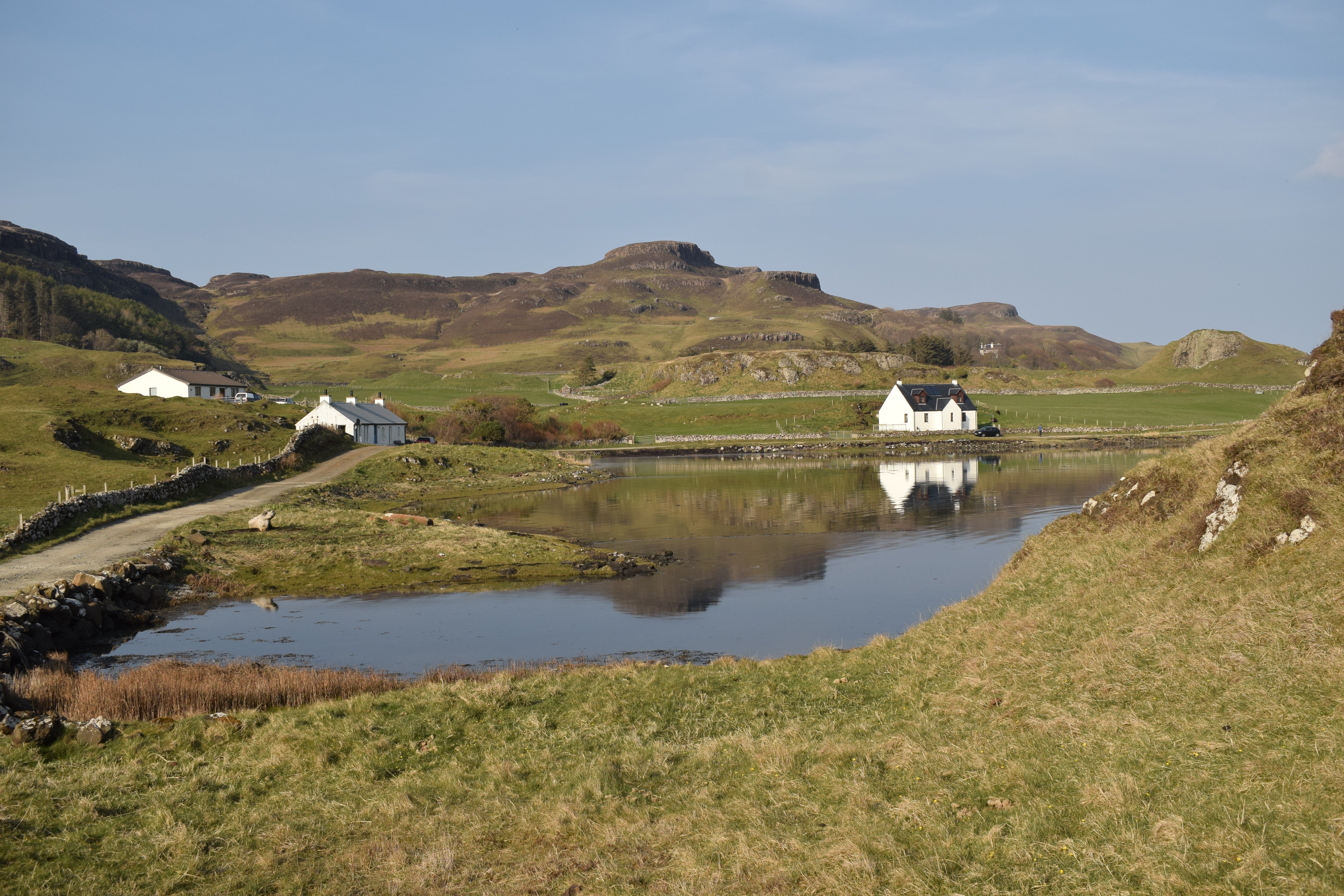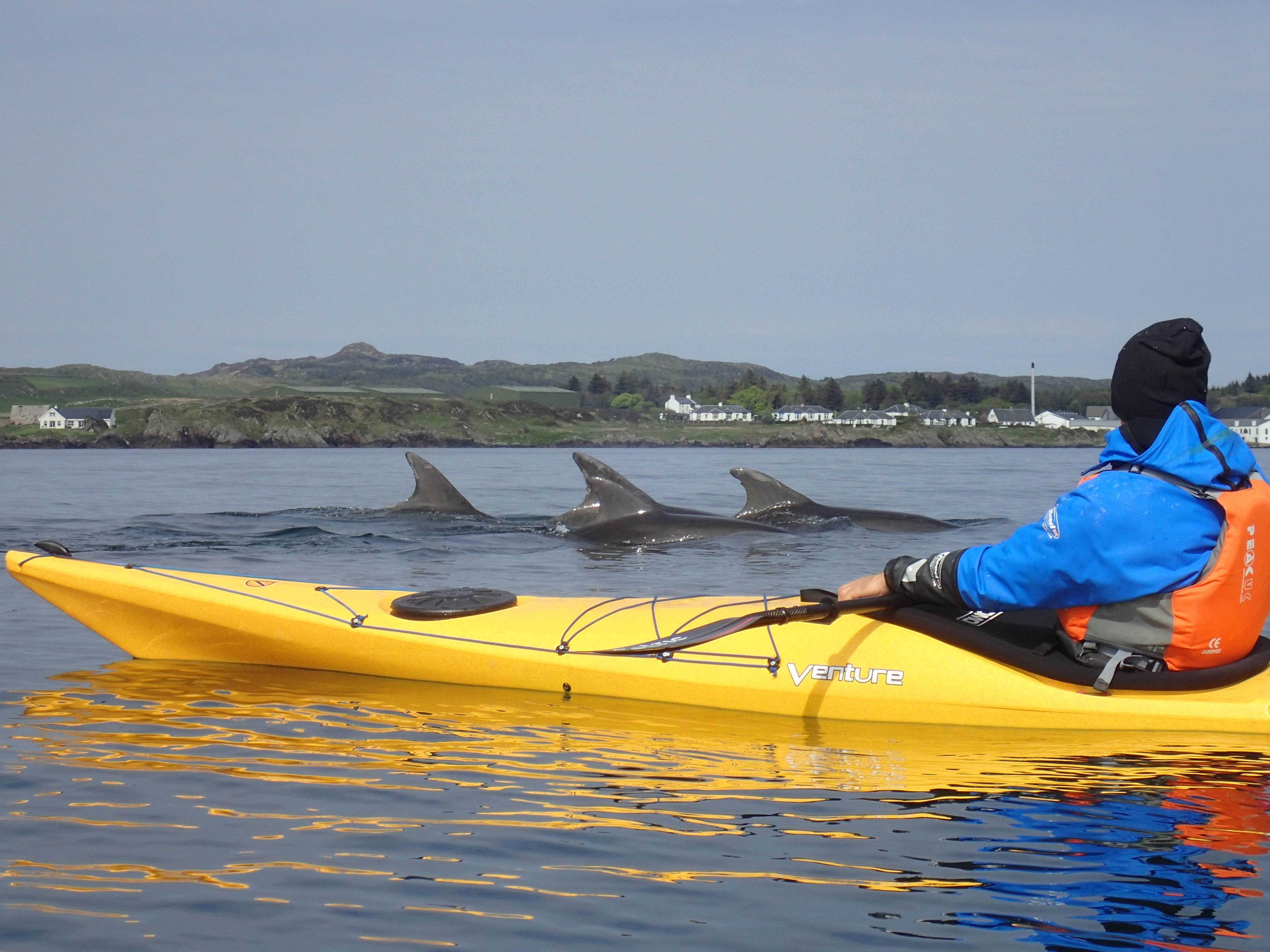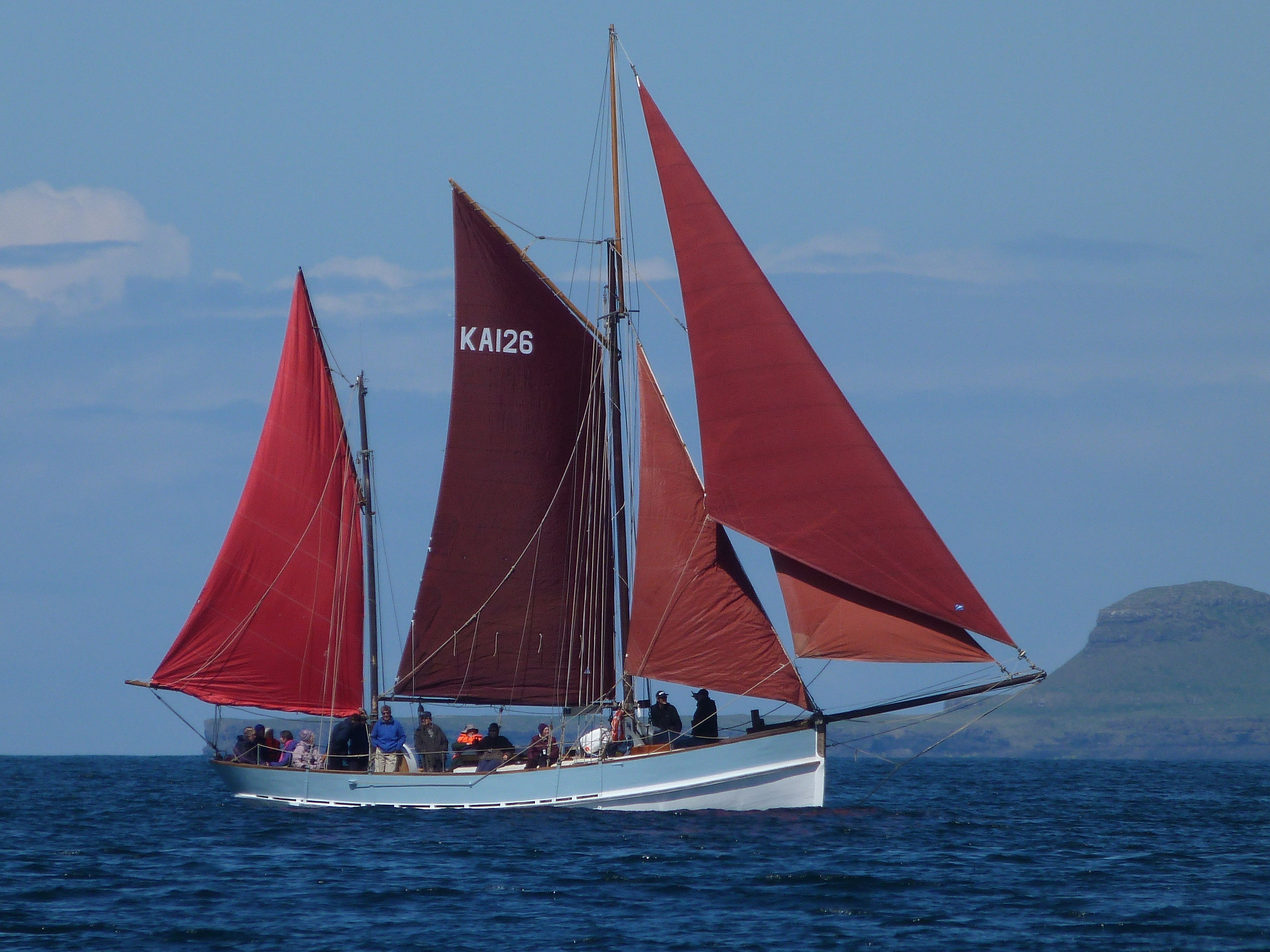How to plan a sustainable spring adventure to the Hebrides
Crowd-free, wild flower-strewn and at their sunniest, these Scottish islands are best visited in spring, writes Katie Featherstone. Here’s how to take a responsible trip

Your support helps us to tell the story
From reproductive rights to climate change to Big Tech, The Independent is on the ground when the story is developing. Whether it's investigating the financials of Elon Musk's pro-Trump PAC or producing our latest documentary, 'The A Word', which shines a light on the American women fighting for reproductive rights, we know how important it is to parse out the facts from the messaging.
At such a critical moment in US history, we need reporters on the ground. Your donation allows us to keep sending journalists to speak to both sides of the story.
The Independent is trusted by Americans across the entire political spectrum. And unlike many other quality news outlets, we choose not to lock Americans out of our reporting and analysis with paywalls. We believe quality journalism should be available to everyone, paid for by those who can afford it.
Your support makes all the difference.Crumbling off the west coast of Scotland, the Inner Hebrides are a loosely defined archipelago comprised of more than 20 inhabited islands. The vast majority of visitors come in July and August, missing the glorious months of spring. Between April and June, wildflowers sprinkle the sandy machair, lambs prance along the verges of single track roads, and the cliffs are teeming with colonies of nesting seabirds. On average, these are the sunniest months with the lowest rainfall – and even the dreaded midge doesn’t emerge until late May. Practically speaking, Spring is also a quieter time to explore the islands, with accommodation less likely to be full, and endless empty beaches, many of which you can enjoy in total solitude.
Like all islands, there are concerns about how climate change might affect the Inner Hebrides, and many inhabitants are trying to take action themselves. Within the last few decades, the islands of Eigg and Gigha have been bought by their communities, giving them the freedom to develop for their populations and the environment. Both islands now produce their own electricity from wind turbines, and similar projects are popping up across the archipelago. For visitors, sustainable exploration is easier than you might think. Rather than a whirlwind tour of highlights, the islands are best discovered slowly: searching the sky for sea eagles, peering into tidal pools, or chatting to regulars over a dram in the village pub.

Exploring by bike
Bringing a bicycle is free on Calmac ferries and if you can’t bring your own, many islands rent them out. The Small Isles (Rum, Eigg, Muck and Canna) go one step further, and only visitors with disabilities can obtain a permit to bring a car. This is a change of pace for many, but exploring on foot or cycling gives you time to soak in your surroundings, and nobody misses the traffic noise. Mountain bikes from Eigg Adventures are sturdy enough for Eigg’s rougher tracks.
Out on the water
With options for sailing, kayaking, and water sports, there are plenty of low-impact ways to enjoy the islands’ coastline.
Mark Jardine runs sailing trips from Iona on a renovated traditional fishing boat. It’s hard to imagine a more idyllic afternoon than gliding past stretches of inaccessible coastline beneath the billowing red sails of the Birthe Marie. Along with the uninhabited Treshnish Isles, where puffins breed from May until August, he also offers trips out to the lesser-known islands of Inch Kenneth, Gometra, and even the remote Dubh Artach lighthouse.

If you want to travel under your own steam, kayaks also move quietly through the water and are one of the best ways to see coastal wildlife. Dave Protherough runs trips around the rocky skerries of Islay’s south coast. These wild habitats are vital for common and grey seals, otters and a wealth of seabird species; lucky paddlers might even get the chance to see dolphins.
Beach cleans
Rather than a whirlwind tour of highlights, the islands are best discovered slowly
Aside from climate change, the most visible environmental threat to the Inner Hebrides is plastic pollution. The islands’ intricate coastlines are exposed to tides of non-biodegradable debris from the rest of the UK, Ireland and the Atlantic Ocean. While some of the litter is consumer-end food packaging and bathroom waste, the depressing majority comes from the fishing industry. Spending a little time collecting lengths of rope, plastic straps and bottle caps is a great way to make a small, positive impact on the miles of otherwise pristine coastline.
Sustainable stays
The Inner Hebrides have a whole range of accommodation – including luxury hotels, homely B&Bs, hostels and seaside campsites – the vast majority of which are independently run.
At the top end, Skye’s Coruisk House is hard to beat for simple, elegant accommodation and consciously crafted menus. The emphasis is on local, seasonal produce, with creel-caught lobsters, hand-dived scallops and wild venison.

At the other end of the price range is Canna Campsite, which offers idyllically located camping, glamping, caravans or a small, whitewashed stone cottage converted into a bunkhouse, all overlooking Canna’s natural harbour and neighbouring Rum.
Elsewhere, plant-based eating options on the islands are improving: Iona’s Argyll Hotel, which grows its own vegetables, has excellent vegan options; the Tobermory Bakery makes delicious vegan sausage rolls, and Cafe Sia in Broadford does vegetarian haggis.
Getting there
Most UK visitors travel through Glasgow. From London, catching a train to Glasgow Queen Street is the most efficient and sustainable option, with onward rail connections to the port towns of Oban (for Skye and the Small Isles) and Mallaig (for Mull, Coll, Tiree and Colonsay).
For the more southerly islands, you need to catch a bus to Kennacraig (for Islay and Jura) or Tayinloan (for Gigha).
Check public transport options on Traveline Scotland and book ferries through Calmac.
While you can fly from London to Glasgow or Edinburgh, only Islay has an onward flight connection.
Join our commenting forum
Join thought-provoking conversations, follow other Independent readers and see their replies
Comments